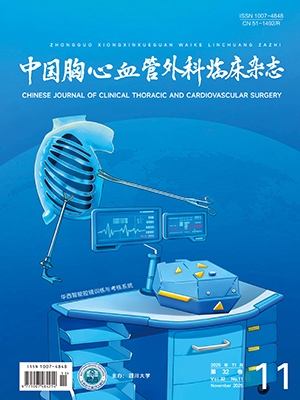This study reports the first successful clinical application of a robotic-assisted system in transcatheter balloon-expandable aortic valve implantation using the Edwards SAPIEN 3 valve. Two male patients, aged 60 and 63 years, respectively, presented with severe aortic stenosis confirmed by echocardiography and computed tomography, showing significant valvular calcification and elevated transvalvular pressure gradients, meeting the indications for transcatheter aortic valve implantation (TAVI). Both procedures were performed via the right femoral artery using a robotic-assisted delivery and positioning system developed by Shanghai Surgerii Medical Technology Co., Ltd. The operator controlled the delivery system and valve positioning precisely through the console, while the assistant performed balloon expansion and valve deployment. Both procedures were completed successfully without intraoperative complications. The operative times were 75 minutes and 67 minutes, with fluoroscopy times of 16 minutes and 23 minutes, and radiation doses of 714 mGy and 971 mGy, respectively. Postoperative echocardiography demonstrated well-functioning prosthetic valves, with mean transvalvular pressure gradients of 3.9 mm Hg and 8 mm Hg, and none or trivial paravalvular leakage. No coronary obstruction, conduction disturbance, or vascular complications were observed.This report represents the world’s first clinical use of a robotic-assisted system for balloon-expandable TAVI. It confirms the feasibility and safety of robotic assistance in transcatheter valve delivery and positioning, offering a new approach to enhance procedural precision and stability, and providing valuable insights for the future development of intelligent, minimally invasive therapies for structural heart disease.
Copyright © the editorial department of Chinese Journal of Clinical Thoracic and Cardiovascular Surgery of West China Medical Publisher. All rights reserved




